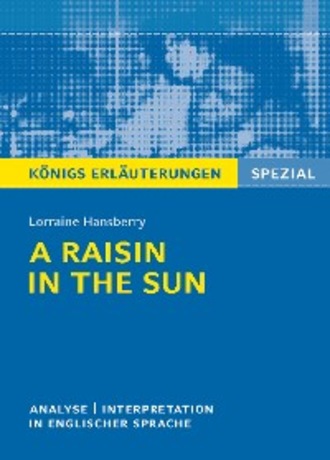A Raisin in the Sun. Textanalyse und Interpretation. Königs Erläuterungen Spezial

Полная версия
A Raisin in the Sun. Textanalyse und Interpretation. Königs Erläuterungen Spezial
Настройки чтения
Размер шрифта
Высота строк
Поля
Конец ознакомительного фрагмента
Купить и скачать всю книгу
